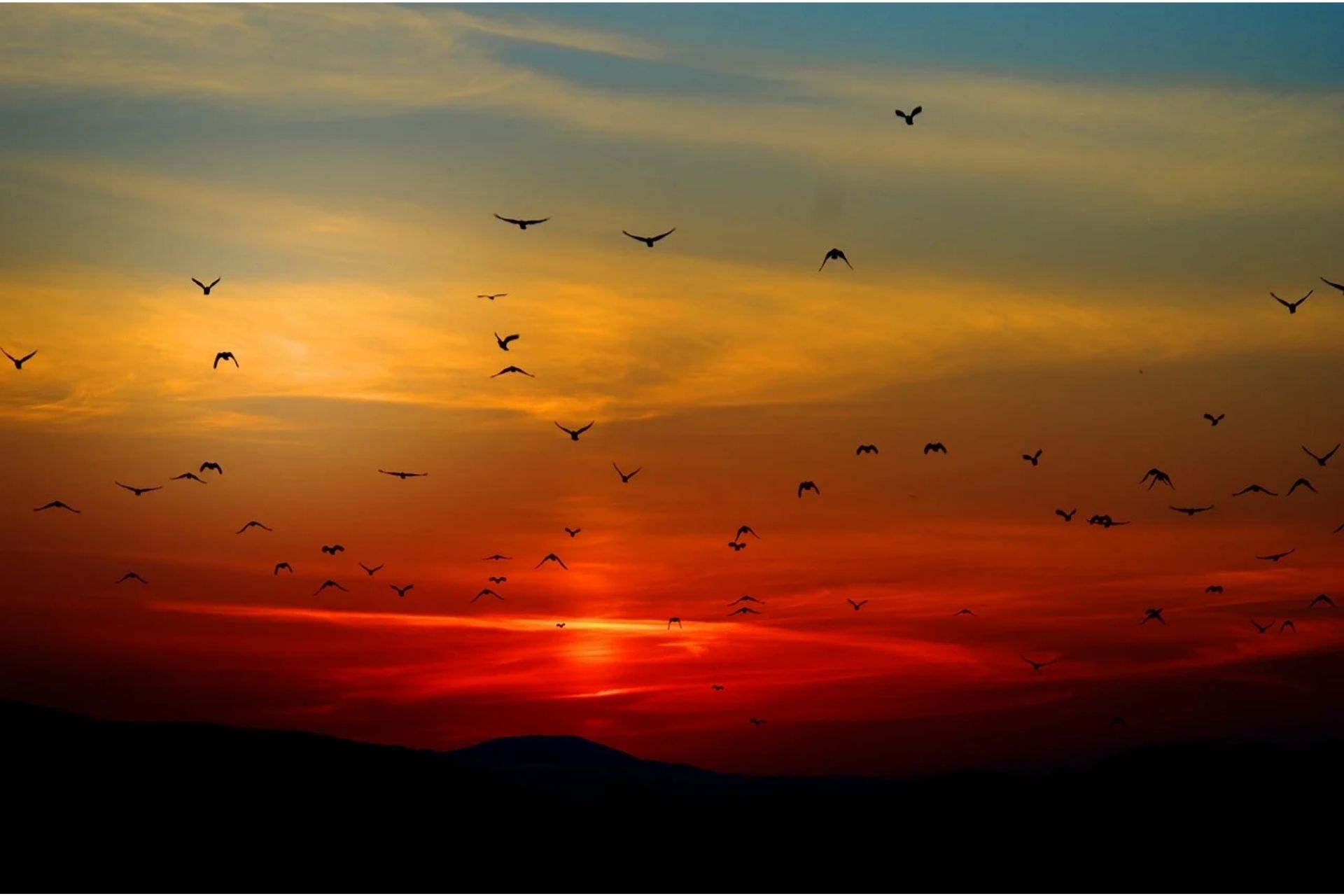
Why Wind Farms and Birds Have a Bad Relationship
We are reader-supported. When you buy through links on our site, we may earn affiliate commission.
Combining technology and nature has its downfalls. People end up interfering with habitat and resource stability. Wind turbines specifically impact winged animals, altering their transportation environment. Fortunately, environmental engineers and scientists evaluated the interactions between wind farms and birds to develop low-impact technology.
The wind energy sector reached record-high production rates in 2020. As eco-consumer demands increase, we can expect the industry’s success to follow. Renewable energy expansions can improve atmospheric conservation and generate ecological challenges.
Why Are Wind Farms Necessary?
President Biden established a national carbon neutrality goal upon taking office. He plans on achieving the objective by developing an electric grid. We can create enough energy to support the project by diversifying the power sources.
Wind turbines achieve a maximum 50% power efficiency rate in optimal weather conditions. Expanding on and off-shore production projects can support the transition from fossil fuels to renewable energy sources. Adopting clean electricity is essential to preventing further climate change effects.
Conventional energy sources release greenhouse gas emissions during combustion. Naturally, Earth relies on a consistent atmospheric composition, generating life-sufficient surface temperatures. They support the global ecosystem’s stability, preserving resources and humanity’s longevity.
Organically, the atmosphere absorbs sunlight, produces heat, warms the surface, reabsorbs additional energy, and emits it to space. When greenhouse gases invade the environment, they increase the heat production rate. Additionally, they trap excess energy in the atmosphere rather than sending it to space.
Over time, greenhouse gases increase the global temperature. Wind energy offers an emission-less alternative, preventing the enhanced greenhouse effect. Expanding production can improve the sustainability of the energy sector and prevent adverse climate change effects.
How Do Wind Farms Impact Birds?
Wind power’s interference with biodiversity generates significant concern among environmental professionals. Turbines create fatal challenges for birds and bats in their regions. A team of researchers found that wind energy systems kill up to 500,000 birds annually. Generally, wind farms and birds don’t get along.
A variety of factors influence the deadly collisions between birds and turbines. Inefficient planning and mapping strategies place production systems in migratory routes, decreasing safety. The color of turbines also reduces their protection of biodiversity.
Birds and bats may mistake the reflective turbine surface color as a water source. They fly into the system at full speed, expecting a soft landing. Some animals also misidentify the devices as trees for roosting and fly into the rotating blades.
Professionals can alter the structure of turbines, adding collision prevention features. Installation workers may also study migration patterns and limit interferences. A team of researchers at Duke University explored the associated ecological challenges and developed an effective solution.
What Are Some Sustainable Solutions?
Additive technology utilizes ultrasonic acoustics, signaling the presence of a turbine. Professionals searched for a sound that prevents bats from entering certain regions. When they identified the noise, they recorded it for reuse.
Researchers placed speakers around a turbine and played the frequency on a loop. The high-pitched acoustic is out of a human’s hearing range, decreasing noise pollution. Turbine owners can use the technology to keep bats away from wind farms.
They can also limit all collisions by altering the system’s color. Decreasing the reflectivity of a turbine could reduce fatal interactions between wind farms and birds. Adding a natural or alerting color to the device may enhance biodiversity in designated regions.
Engineers also developed a protective turbine alternative that significantly reduces collision fatalities. Ampyx Power released a wind power production drone without a tower. The device connects to a ground-level generator by a tether.
The drone extends upwards of 660 feet, accessing peak energy production heights. It generates more electricity than a traditional turbine and decreases collision risks. The drone circulates in the air, collecting and generating electricity for immediate use.
Vortex is another sustainable wind power production company revolutionizing the energy sector. They developed a less biodiversity-degrading device that generates clean electricity without turbine blades. The bladeless model limits collisions between wind farms and birds by removing high-speed, rotating elements.
Large turbines with heavy blades can reach 180 miles per hour rotation speeds. Their fast circulation sucks in and hits many winged species. Removing blades from turbines can successfully decrease bird fatalities.
Why Do Birds Need Protection?
Protecting birds and other winged species is essential to the stability of Earth’s ecosystems. They ingest seeds and disperse them through their droppings when they travel. Without the expansion of certain species, they may go extinct.
Additionally, bats pollinate flowers and promote plant growth. Protecting trees and other vegetation decreases atmospheric pollution. A single tree can filter 48 pounds of greenhouse gas emissions annually. Processing surface pollution limits the accumulation of pollutants in the environment.
When we preserve bird species, we also improve atmospheric conditions. Optimizing wind turbines to enhance biodiversity can further decrease emissions. Together, environmental conservation efforts and renewable energy production can prevent climate change.
How Can Regulations Help?
You can help protect bird species and the global ecosystem by voting for change. Wind farms and birds need to have a better relationship. We must improve our on and off-shore wind power production regulations. Additionally, you can reach out to your local government officials and develop species protection programs, fighting for efficient migration mapping before installing turbines.
Share on
Like what you read? Join other Environment.co readers!
Get the latest updates on our planet by subscribing to the Environment.co newsletter!
About the author
Jane Marsh
Starting from an early age, Jane Marsh loved all animals and became a budding environmentalist. Now, Jane works as the Editor-in-Chief of Environment.co where she covers topics related to climate policy, renewable energy, the food industry, and more.





